If you follow whitewater-related pages on social media, you’ve probably seen footage of people dropping big waterfalls and navigating rowdy whitewater on stand-up paddle boards.
Yes, stand-up paddleboards! (SUP boards.)The sport has blown up in the past few years, and it was only a matter of time before someone started pushing the limits of what can be run on a SUP. Sam Garthwaite of Scotland is one such pioneer.
We caught up with Sam, AKA @frothysup , to talk whitewater paddleboarding, carnage, must-have gear, tips for beginners, and more! Check it out!

Origin Story
Sam was introduced to standup paddleboarding when he became a watersports instructor about seven years ago, before which he had never been on a paddleboard.
River Station Gear: So, I guess you started as a water sports instructor. Is that right?
Sam: So when I was hired as an instructor, I had never been on a paddleboard. My manager said, ‘Paddle boarding’s about to get crazy. I need you to get a qualification for it. So here's the money, and here's the opportunity.’
Since that first qualification, Sam has spent a lot of time on a SUP board getting more certifications, more miles, and honing his balance, but he admits that whitewater SUPing came later.
Sam: “I’ve done 1 million different courses and expanded the remit and what I'm allowed to do on the paddle board. So there’s open water, sheltered water, and all these different aspects of SUP.
And yeah, I had been on the board a lot, and I had been in a lot of different environments, but white water was one of the later ones. Obviously, I think that's the best way to do it. You don't want to start with whitewater, do ya?”
“You don't want to start with whitewater, do ya?”
No, starting with whitewater sounds like a recipe for disaster, so Sam worked his way up to running waterfalls. We asked him what his progression was.
RSG: And you started on flat water?
Sam: Well, yeah, pretty much. Our center is right on the banks of the River Tay, which is the biggest river in Scotland, and the section that we're on is chilled out…It's real slow-moving water. It's tidal, but more often than not, it's real, real safe.
RSG: So then, how did you get from there? You know, a chill flat water river to dropping waterfalls?
Sam: Ah. So it's another part of the River [Tay], farther up, like a 15 min drive [...] There is grade 2-3 water. It's kind of consistent Grade 3 all the way down… On one section, there's some pretty massive whirlpools. So that's kind of where we started finding our feet and pushing things and experimenting.
We just got obsessed with it initially, [and] over the years, we started pushing it and trying different areas.
We were like, “We just need to take them and just try [waterfalls]. We've got to! We've got the skills. We've done white water safety courses. We've spent a lot of time in whitewater. Let's just go and have a look and see what happens.”
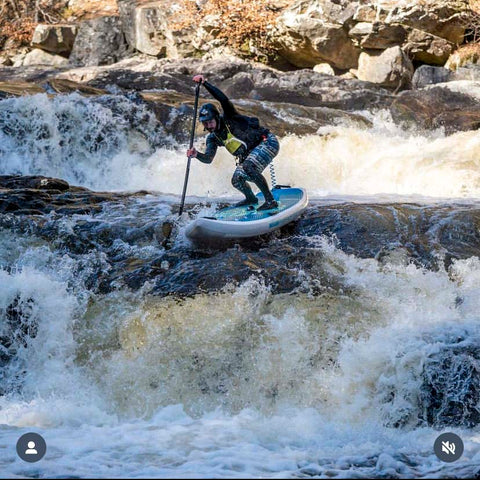
First Drop Goes Well!
Sam’s first waterfall drop on a stand-up paddleboard was a success! And the rest is…history?
RSG: I guess that first drop went well?
Sam: The first drop went really well! It's a well-known place where they take kayakers for their first drops…We already knew the area, and we knew it was pretty safe. So we were like, this is perfect. That's where we need to try it.
SUP Waterfall Technique (Spoiler: Don’t try a boof!)
Since his first drop, Sam has been perfecting his waterfall drop technique. And, like most things, it’s all about balance.
RSG: So is it the same on a paddle board [as a kayak boof]? Do you kind of want to keep your nose up?
Sam: It doesn't end up looking or feeling the same. But there are certain things that carry over. So most of the waterfalls that I've done so far, my nose actually drops and follows the flow.
Basically, if you sit at the back of the board, it's just going to run away from you…But there's definitely the same kind of last powerful stroke at the lip, and the nose is lifted a little.
But there's a real fine line between that's okay, and I'm going to go flying back towards the waterfall. So I've had more success, just riding [the board] down and then using a really powerful stroke to just hold on tight while the board resurfaces.
RSG: Would you say you kind of brace as you land or…?
Sam: Yeah, kind of. It tends to be either a brace or, like, I say, like a big massive stroke forward to pull you out. Because the board sometimes will submerge a little bit, and then you just need to hold on tight while it rises again.

When Things Don’t Go According to Plan
Sam’s Instagram @FrothySUP is full of sick clips of him stomping whitewater. Good things come to those who practice. However, things aren’t always as they seem.
Sam: So yeah, there's obviously loads of the successful clips on the page. But there was also a lot of practice that went into that. So some drops we've managed to get comfortable on, and we can be pretty consistent on. And for other ones, you get a one out of 10 [chance].
RSG: Speaking of not landing it, you know, there is a video that you posted recently where you fall right at the lip of a waterfall. I think your fins may be caught. Is that right?
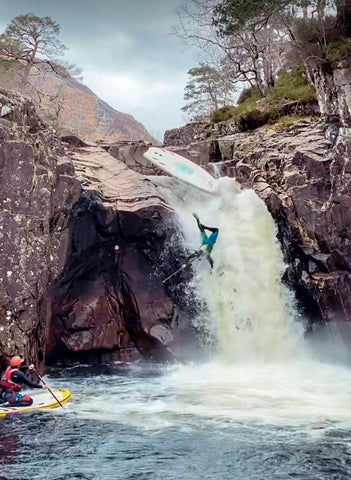
Sam: Yeah, and it just so happens that's the biggest one that I've ever tried. It was a 20-foot waterfall…a really well-known, classic drop in the UK, and it's never been done on a paddle board before.
We sussed it out, had a look, made some decisions, and I remember saying it at the top, ‘This is actually going to be totally fine as long as my fins don't catch on that side,’ and I hopped on the board…
And the back of the board kicked out, the fins hit the exact [spot] I didn't want to hit, and then it just threw me over a 20-foot drop.
But, the water is so aerated and so pillowy that I literally didn't feel a thing…[In] the go-pro footage that was on my head, you can see me emerge, and then I say ‘Okay, let's do that again’
On Getting Redemption
RSG: I mean 20 feet. That's a significant drop for you. Did you have time to think like, oh, no, I'm gonna hurt myself?
Sam: So, I didn't think I was going to hurt myself. It's definitely a lot of adrenaline. But I think that's one of the really good things about having the videos to have a look at afterward.
So we can have a look and analyze and see what went wrong. So and I can see straight away, looking at the video where I did ride down that about 3 or 4 feet from the bottom, my feet get disconnected from the board.
Because if you watch the video, my arms are above my head, and that's probably part of the reason why I got disconnected from the board. So It's kind of fun to go in and look at it in that way and try and figure out what we're going to do next time.
RSG: You'll go back, and you'll get redemption?
Sam: I really hope so. It would be cool.
The Best Gear for Big Drops?
When it comes to whitewater and big drops, Sam definitely has gear preferences. For example, Sam would never go out without his quick-release waist belt.
RSG: I've heard horror stories of leashes getting tangled up. But I guess you guys always use quick release, and you feel pretty comfortable with that?
Sam: We've done so many different courses, and we’ve put it into practice. We found a rock in slow-moving water and jumped off our board, and let the board go one way around the rock and we went the other while wearing an ankle leash.
Even in slow-moving water, it's really hard to reach your ankle to release. When it's on your waist or around your chest it just makes so much sense, and I've been in situations where I go one way, and the board goes the other round of rock. And if I didn't have a waist belt, I would have had a horrible time. So it’s one of my favorite pieces of gear.
Tips for Beginners
Sam is a highly-certified whitewater sports instructor, and when he’s not dropping waterfalls, he’s a senior instructor at the Willow Gate Activity Centre. And he has some advice for first-time paddle boarders. For example, getting on a whitewater board that is wider can give a beginner the confidence and stability they need.
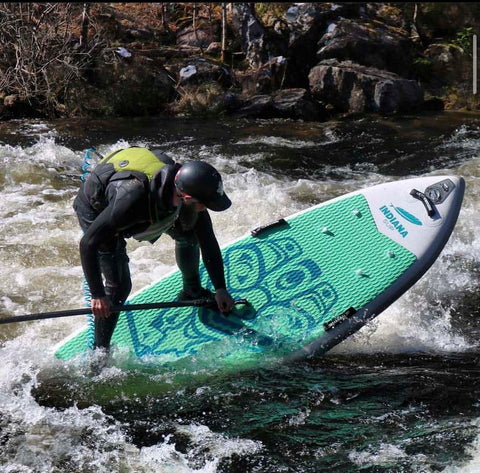
RSG: You're doing this extreme supping, right? But not everyone's gonna do that. What do you tell someone who can't even stand up and can't even get their balance on the board?
Sam: Funnily enough, the white waterboards come in really handy to give to someone to try that is just a little bit nervous, or as a heavier person, the white waterboards are wider, and they have more volume. It feels nicer sometimes. We actually have some at work, and if somebody comes in and they're like, “I am absolutely terrified.” We'll put them on a wider board, and usually, that's one of the white water ones.
But I mean more often than not. It's not being up that's difficult. It's actually the process of getting from your knees to your feet. That's the hard part. Usually, It's teachable, so there's different ways that you can get around that.
You can use your paddle as an aid to help you stand up by walking your hands up the paddle and holding it there until you've settled yourself. You can have an instructor [or friend] come along beside you and rest their paddle over both of your boards. Even that little extra bit of stability just changes everything.
Scottish Whitewater
If Scotland wasn’t on your list of places to run whitewater, it should be. Sam explains that there’s a thriving whitewater scene in Scotland and a welcoming community of boaters and SUPers.
RSG: Do you find that the white water community is welcoming to you guys, are they stoked to see you guys out there?
Sam: Yeah, I've not really had any kind of weird moments. I mean, you get the odd traditionalist vibe off some guys…but for the most part, they'll be there, cheering you on, and they're excited to come and have a chat with you and tell you how much of a psycho that you are. Which is crazy. Kayaking seems worse in my mind or scarier.
RSG: Pros and cons. That's awesome. I’m glad to hear that they're welcoming out there. Is there a big whitewater scene in Scotland?
Sam: There is! There seems to be a really big scene. I've never paddled in any other country. But something that I'm realizing pretty quick is that we must have some really, really cool spots.
Because loads of guys from the States and from Europe have asked, “Where is that?” I need to come and check that out So we must have something over here, and I know that people come from all over to try certain rivers.
But I think we’ve got a lot to offer here. And, relatively speaking, it's all really close together because Scotland's not that big. You have a whole bunch of rivers to choose from. If the levels aren't right at one, you drive an hour the other way, and you've got another river.
Final Thoughts
Whitewater stand-up paddle boarding is here to stay, but you don’t have to get your elbow pads on to enjoy the sport. And as Sam says, You don’t want to start with whitewater!
Check out a flatwater section or a Scottish Loch and take a course (we know of an instructor!) before jumping off anything. In the meantime, you can find Sam on Instagram and Tik Tok @frothysup
Stay safe and SYOTR
By: Megan McPartland
Check out our SUP board collection!

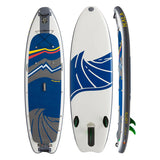

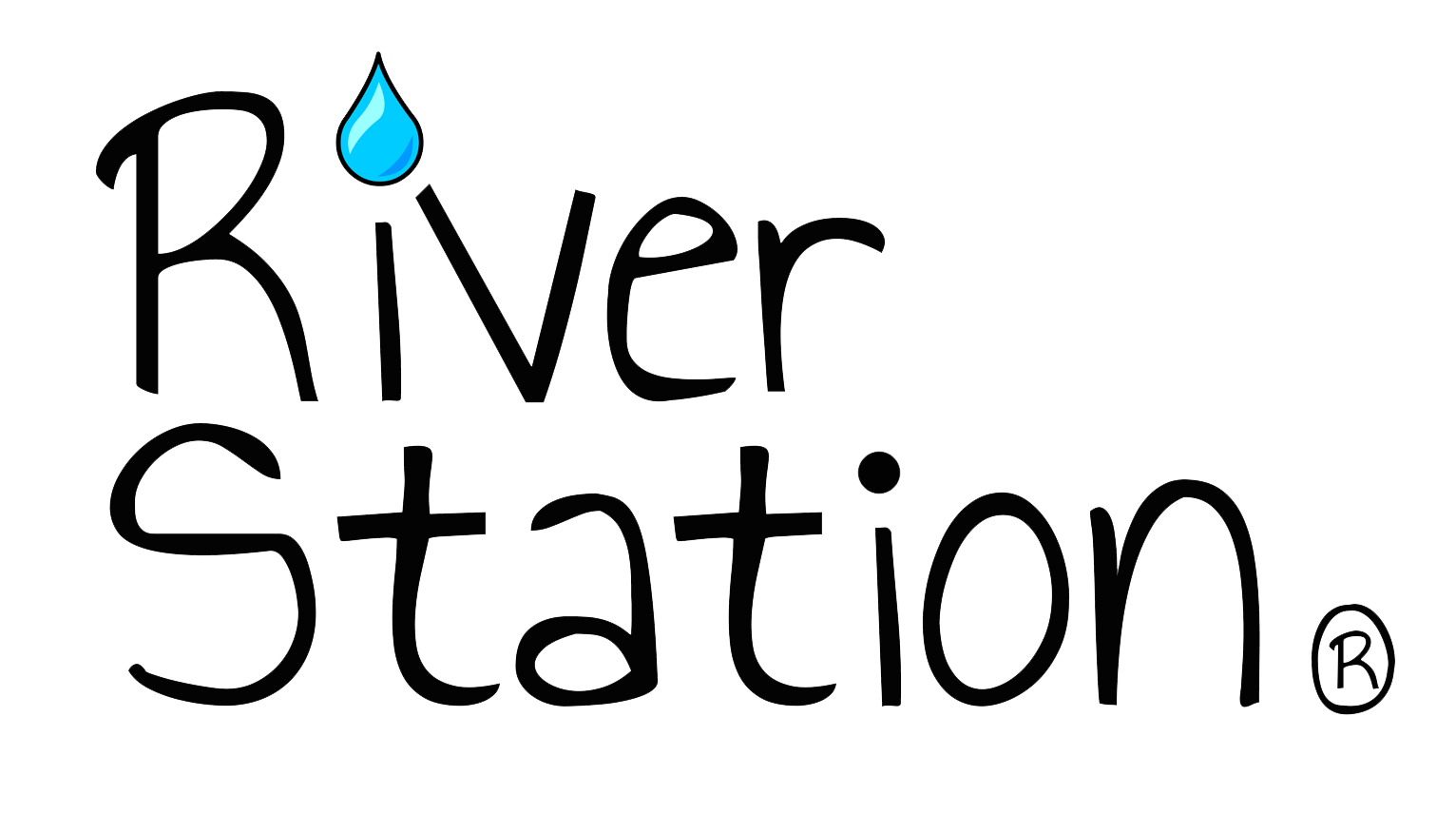
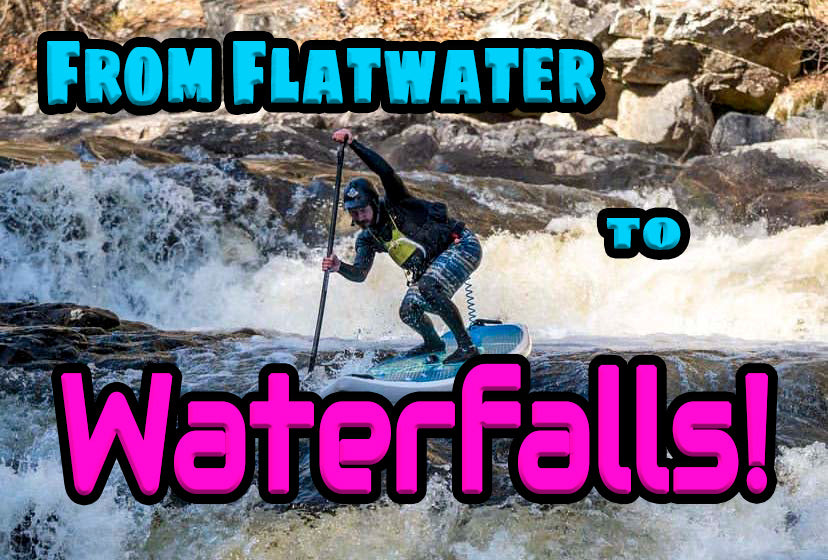
Share:
Should You Keep a River Log?
9 Tips for Running High Water